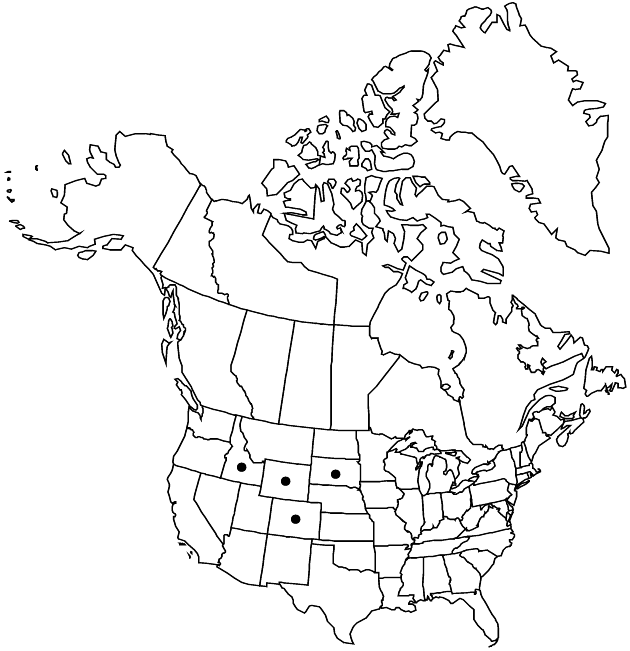Difference between revisions of "Senecio rapifolius"
Trans. Amer. Philos. Soc., n. s. 7: 409. 1841.
FNA>Volume Importer |
FNA>Volume Importer |
||
| Line 46: | Line 46: | ||
|publication year=1841 | |publication year=1841 | ||
|special status= | |special status= | ||
| − | |source xml=https://jpend@bitbucket.org/aafc-mbb/fna-data-curation.git/src/ | + | |source xml=https://jpend@bitbucket.org/aafc-mbb/fna-data-curation.git/src/f6b125a955440c0872999024f038d74684f65921/coarse_grained_fna_xml/V19-20-21/V20_1222.xml |
|tribe=Asteraceae tribe Senecioneae | |tribe=Asteraceae tribe Senecioneae | ||
|genus=Senecio | |genus=Senecio | ||
Revision as of 18:40, 24 September 2019
Perennials, (20–)30–60 cm (rhizomes branched, spreading or suberect). Herbage (unevenly purple-tinged, often glaucous) glabrous. Stems 1–(2–3). Leaves progressively reduced distally; petiolate; blades ovate to oblanceolate, 4–8(–9+) × (2–)3–5 cm, bases tapered, margins dentate to incised-dentate (some denticles callous; mid leaves similar, smaller, ± clasping; distal leaves bractlike). Heads 25–60+ in cymiform clusters of 3–12. Calyculi 0 or of 1–3+ lance-deltate to lance-linear bractlets (mostly less than 1 mm). Phyllaries (± 5) ± 8, 3–4(–5) mm, tips green or brownish. Ray florets 0. Cypselae glabrous. 2n = 40.
Phenology: Flowering late summer–early fall.
Habitat: Rocky hillsides and cliffs in coniferous wooded areas
Elevation: 1800–2800 m
Distribution

Colo., Idaho, S.Dak., Wyo.
Discussion
Selected References
None.
Lower Taxa
None.